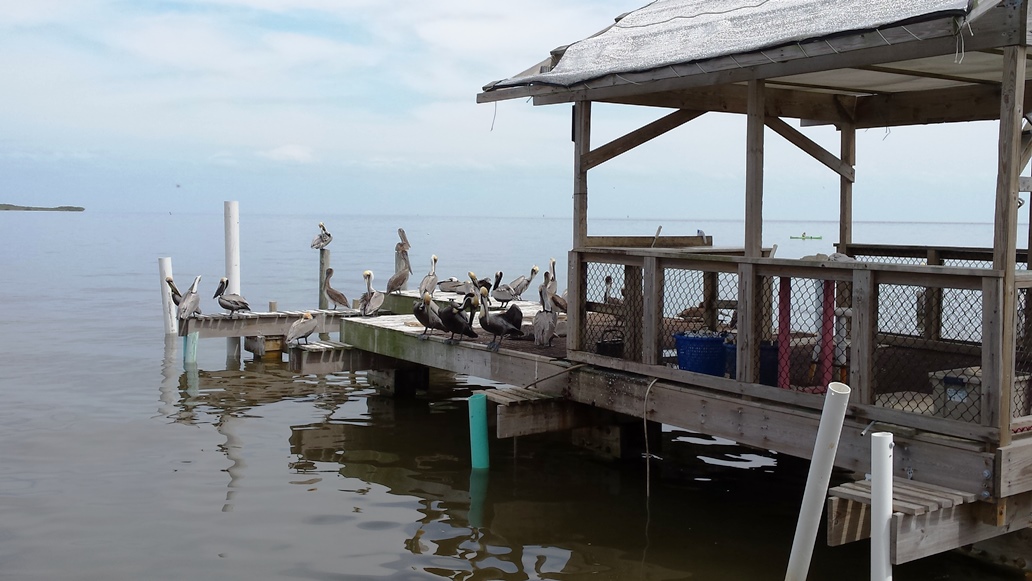On May 7, 2019, the U.S. Environmental Protection Agency’s (EPA) Gulf of Mexico Program announced that the University of Florida in Gainesville received a $384,733 cooperative agreement to focus on coastal habitat restoration.
The goal of the project is to implement a living shoreline along the northwest shore of Daughtry Bayou adjacent to Airport Road and G Street in Cedar Key, Florida.
“The Gulf of Mexico Program is pleased to partner with the University of Florida to enhance the habitat along the Daughtry Bayou,” said EPA Acting Region 4 Administrator Mary S. Walker. “We look forward to the sustainable environmental results that will help create a cleaner, healthier environment.”
The project will restore approximately 1,500 linear feet of shoreline, which includes at least 3 acres of salt marsh, an intertidal oyster reef, a coastal dune, and a low energy beach.
The project will also establish two long-term demonstration and research locations to evaluate effectiveness of this approach to habitat enhancement.
“This project is the result of a grassroots effort to discuss shoreline protection strategies with the community in Cedar Key, and I commend Dr. Savanna Barry and Dr. Mark Clark for their efforts to develop collaborative strategies that can improve shorelines with community engagement,” said Nature Coast Biological Station Cedar Key Director Micheal Allen.
EPA’s Gulf of Mexico Program (GMP) began in 1988 to protect, restore and maintain the health and productivity of the Gulf of Mexico ecosystem in economically sustainable ways.
The GMP is committed to non-regulatory scientifically sound actions centered on partnerships with local, state and federal governmental agencies, academia, business and industry, and the public.
Photo of Cedar Key by Storm Cunningham.

